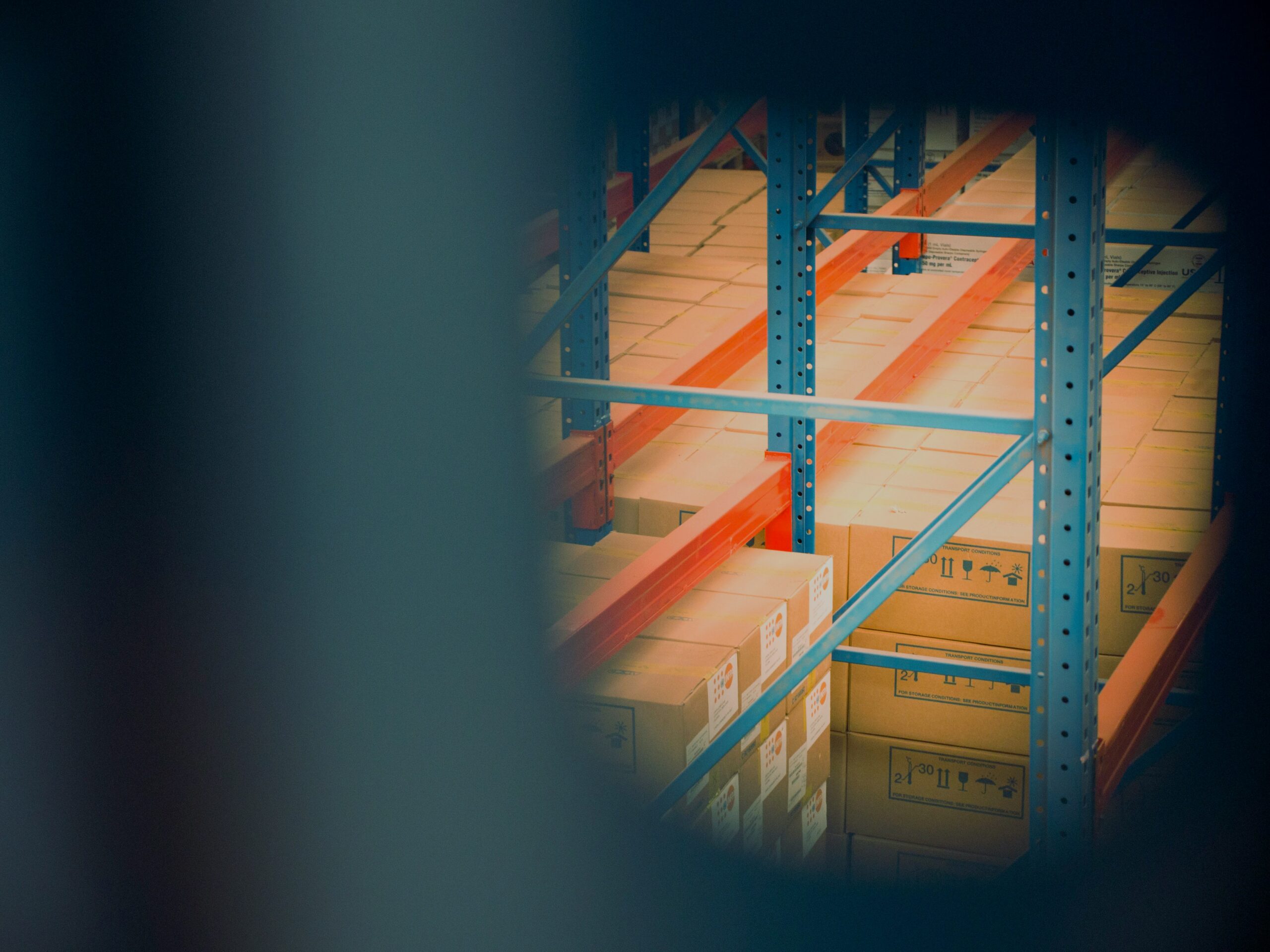‘Push, Pull, Dance’: Public Health Procurement – Saving Lives and Preventing Harm
“Push, Pull, Dance” seeks to reimagine ethical supply chains in public health procurement. In this article, Olga Martin-Ortega, Martina Trusgnach, and Cindy Berman offer a new theoretical framework for tackling human and labor rights violations, including modern slavery, through public procurement. Their new article, “Push, pull, dance: Approaches to address labour abuse in public health supply chains,” is aimed at researchers, policy makers and practitioners and can be found in the Journal of Industrial Relations.
In the wake of the unprecedented global demand for personal protective equipment (PPE) during the COVID-19 pandemic, the world witnessed another reality: the exploitation of vulnerable workers in the supply chains that produced the very same lifesaving equipment. From the abuse of migrant workers in the rubber glove industry in Malaysia to the alleged use of state-sponsored forced labor in China, the pandemic laid bare the ethical dilemmas inherent in PPE procurement.
Governments needed to urgently secure essential supplies, while also ensuring ethical standards in procurement. They adopted varying approaches. In the short-term crisis period, many existing procurement systems were suspended as they scrambled and competed with one another for supplies. After a while, they returned to the systems they had used before the pandemic, but with modifications. The world had changed – more was known about where the problems lay – both in terms of supply chain insecurity, as well as human rights risks. In this article, the distinct strategies employed by the US, the UK, and Sweden are scrutinized.
When researching modern slavery and human rights violations in supply chains we saw blind spots in strategies to combat violations, whilst also recognizing the strengths of existing approaches. They propose a more integrated approach to prevent modern slavery in the long term.
Our article analyses the strategies of “zero-tolerance,” “light-touch” and “direct engagement” used by the United States, United Kingdom and Swedish governments and public authorities, which we characterize respectively as “push, pull and dance.” Their critical examination shows no single approach was a panacea. The ‘zero-tolerance’ trade restrictions and import bans used by the USA, while signaling consequences for non-compliance, lack the nuance needed to tackle systemic issues. Though instrumental in fostering awareness, ‘light-touch’ transparency regulations in the UK cannot be effective without accompanying enforcement mechanisms. ‘Direct engagement’ with suppliers used by Swedish public buyers may help foster sustainable improvements, but is hindered by limited capacity and leverage.
Even if these approaches were applied together, we conclude that they would be insufficient to tackle abuses in global supply chains. The critical missing ingredient is a mature industrial relations system in which workers can exercise their right to collective action and engage in social dialogue. Without this, efforts will fail.
Among the root causes of human rights violations in supply chains are the readiness of states and businesses to abuse their power and exploit the most vulnerable. In global supply chains these include migrants, women, and ethnic or other minority workers desperate for jobs. They are on the most precarious contracts, threatened, coerced, abused and paid very little or not at all. In places where human rights abuses, including modern slavery, are prevalent, states neglect their responsibilities to enforce internationally agreed labor standards. Businesses, in competitive markets and in search of profits, take advantage of workers’ vulnerability.
But where workers are represented by independent democratic trade unions, workers can react to violations, preventing, mitigating and demanding redress in their own terms. Mature industrial relations systems require structured social dialogue between workers and businesses and effective grievance systems. Public bodies can do a lot more with the leverage they have over their suppliers to promote this. Their suppliers need to do far more to prevent harm and drive improvements in the rights and working conditions of the workers who create their profits.
In our article, we propose a combination of regulatory measures, transparency requirements, and direct engagement that offers a pathway to ethical procurement practices. By leveraging the lessons learned from the COVID-19 crisis, governments and other stakeholders have a unique opportunity to rethink their strategies in healthcare procurement.
































































































